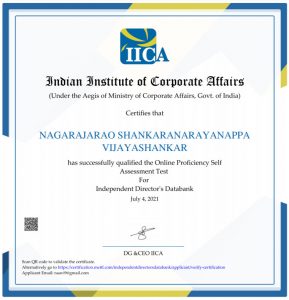The You tube and Internet is full of news about Burkina Faso and Captain Ibrahim Traore the leader of this small African country. The news is an indication of how “Synthetic Content” is dominating the narrative at present which is slowly getting into the information data base that would also modify the future outputs generated by the AI algorithms.
For information, Burkina Faso is a small land locked country in West Africa dominated by a Muslim population and considered rich in Gold reserves. The country has been controlled by France like a colony and since around 1983 there has been a huge uprising against the colonial powers. The country is showing signs of becoming a centre for consolidation of efforts to prevent economic policies being used to further the exploitative interests of colonial powers.
The history of the fight against colonial powers represented by Burkina Faso is a fascinating story by itself. However, our reference to this at present is in the context of the information narrative being created with the use of AI that is blurring the reality to an extent that after some time we will not know what to believe and what not in the Internet.
To some extent we are seeing efforts to create fake narratives in the Operation Sindoor context with pictures of aircrafts supposed to have been hit etc. But the Burkino Faso narrative seems to be at a completely different level with “Synthetic Content” dominating the Google Search and You Tube Content.
Essentially, Synthetic content is digital content created by AI partially using the real content. Since the AI content including audio, video and text is generated by the seeding of a real information, real person etc., the synthetic output looks very authentic. It cannot be entirely recognized as “Fake” but at the same time it is also entirely not “Reliable”. It could in the end become a “Misleading Content”.
In the process there is a possibility that “Synthetic Reality” may create content that alters the information available on the Internet which becomes accessible without devices as required to view Augmented Reality.
We the Netizens therefore need to develop an instinct of distinguishing the synthetic content from real content.
In India we have seen many fraudsters using the pictures of celebrities some time in the form of “Interviews” to promote Crypto Trading. Recently we saw a video of Sadguru Jaggi Vasudev being misused with synthetic content similar to the use of videos of Sudha Murthy, Narayana Murthy and film personalities in the past. (See public notice at isha foundation).
In order to counter this menacing trend, You Tube has introduced a new rule to state if any video is a result of an AI generated audio or video.
While this control may work to some extent for audios and videos published on You Tube, if the altered content is text or if it is published independently on other digital platforms, it may be difficult to prevent the public from being mislead.
We also have to ensure that this synthetic content does not poison the learning of other AI outputs in due course.
If this is not regulated properly, we may end up in a state of information where we cannot know what is right and what is wrong and the Internet which was once hailed as “Information High Way” may become a Jungle and a land of synthetic reality instead of truthful reality.
Currently in India we have only the ITA 2000 to counter “Misleading” information. Unfortunately our Courts often donot see the adverse impact of false content and are swayed by the favoured group of advocates whose only interest is to put obstacles in the country’s progress. Hence the Digital Media regulation through Intermediary Rules gets questioned and Courts sit on the case for years and waste public resources.
We hope that “Synthetic Content” is recognized as a “Risk to the Community” and handled accordingly under ITA 2000 and DPDPA 2023.






